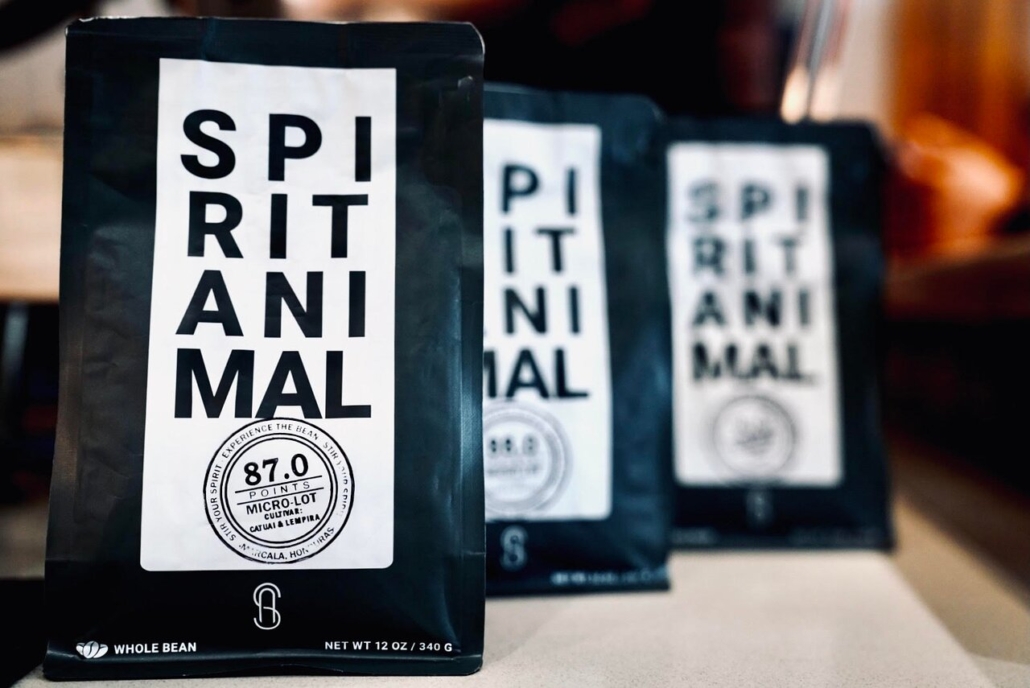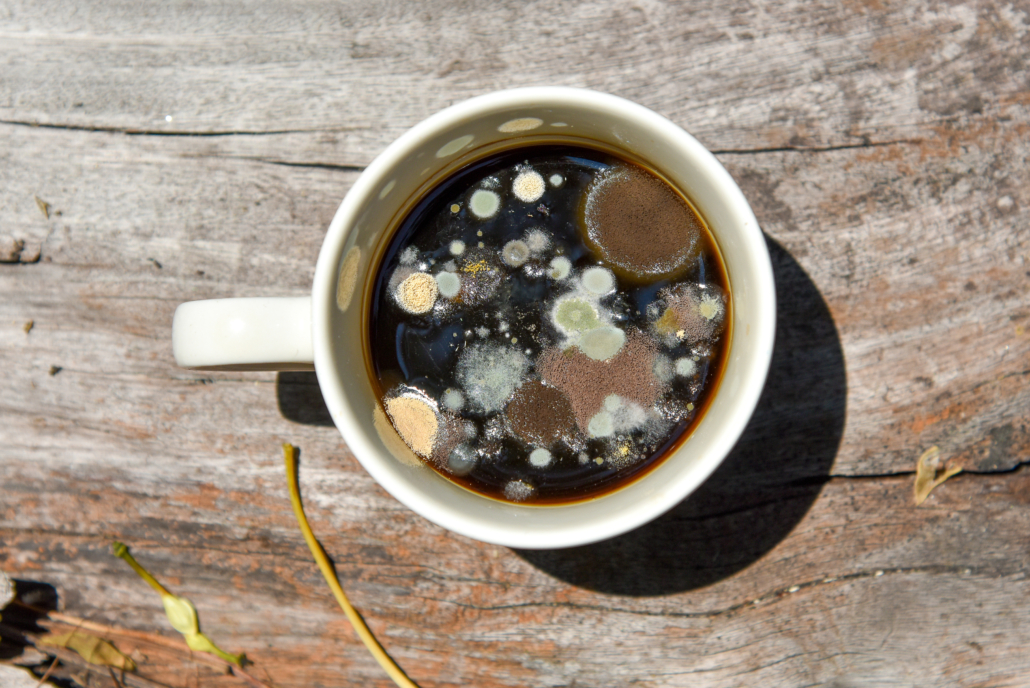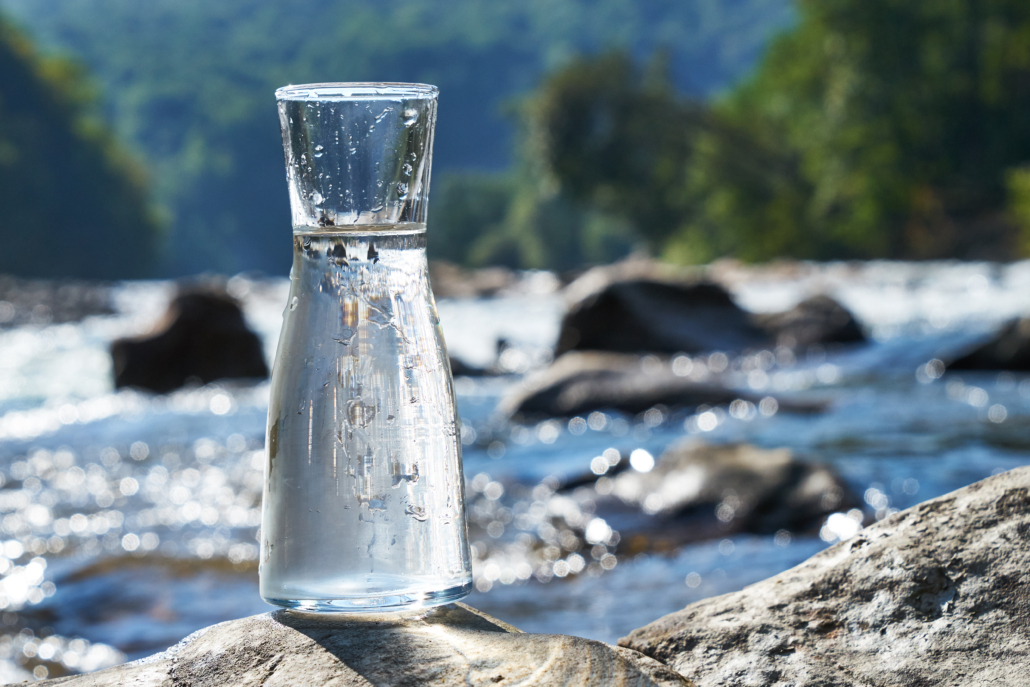We include products in articles we think are useful for our readers. If you buy products or services through links on our website, we may earn a small commission.
Milk on the Carnivore Diet? Drawbacks and Alternatives
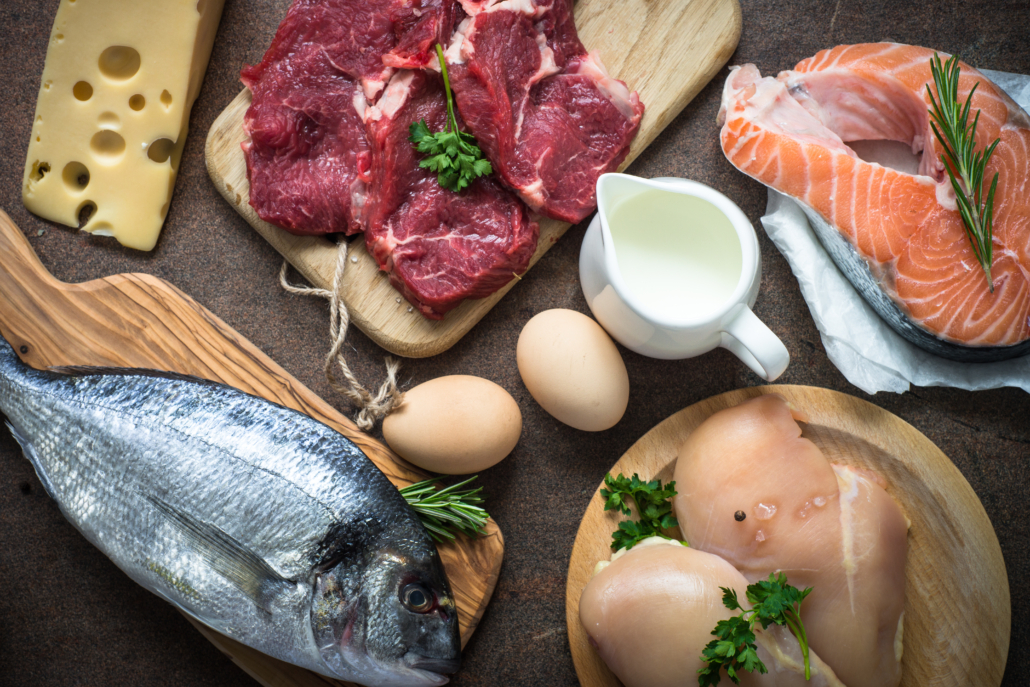
The carnivore diet calls for consuming only animal products. And milk is an animal product.
So, technically speaking, milk is allowed on the carnivore diet. But there’s a good reason why most carnivore dieters eliminate milk.
In this article, we’ll explore the ins and outs of milk on the carnivore diet, and take a look at some delicious full-fat dairy alternatives.
Table of Contents
Milk is High in Carbs
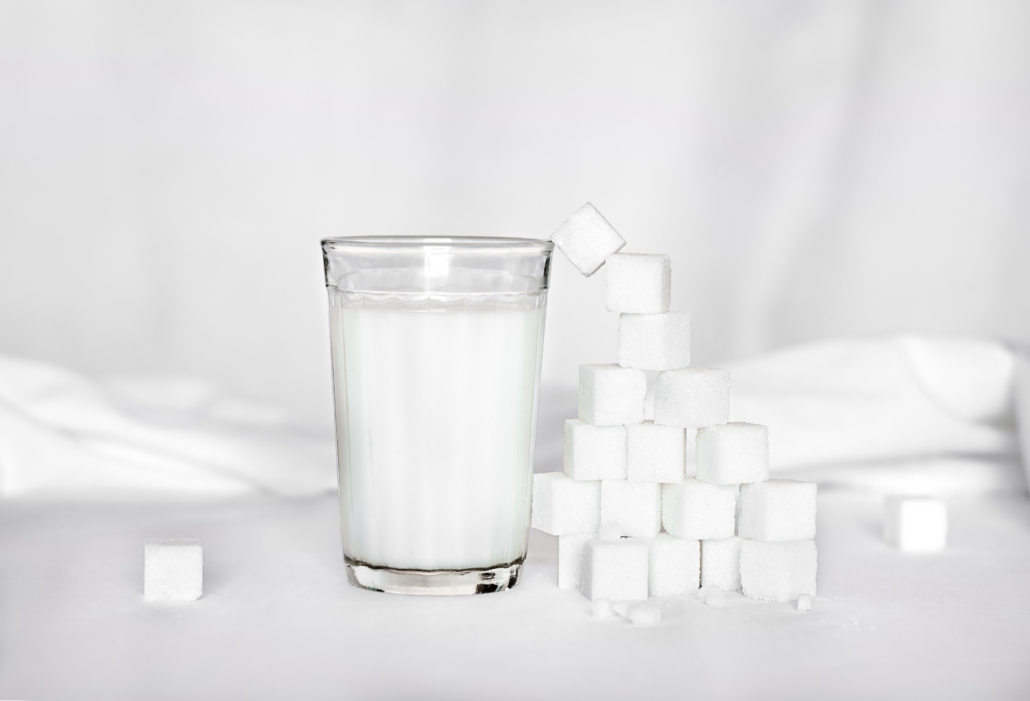
Why do most people eliminate milk on carnivore?
Because it’s high in carbs–specifically a type of dairy sugar called lactose.
A single 12 oz glass of whole milk contains nearly 18 grams of sugar. This is the equivalent of about half a coke.
The carnivore diet is a high-fat, low-to-no-carb, moderate-protein diet. This means that it’s essentially a keto-carnivore diet.
The ketogenic aspect of the carnivore diet is not something someone made up–it’s based on the fact that when you cut carbs you need to get all of your calories from fat and protein.
And since our bodies can only get around 35% of our calories from protein before hitting a threshold for protein poisoning, you need to get the rest (65%) from fat–this triggers ketosis, the process of turning dietary and body fat into powerful energy molecules called ketones. 5
The fact that humans have “protein constraint” highlights the fact that humans evolved as hyper-carnivorous apex predators who focused hunting and eating fatty meat for nearly 2 million years.
Eliminating the regular consumption of high-carb foods like milk, supports the metabolic process of fat metabolism.
Milk Allergies
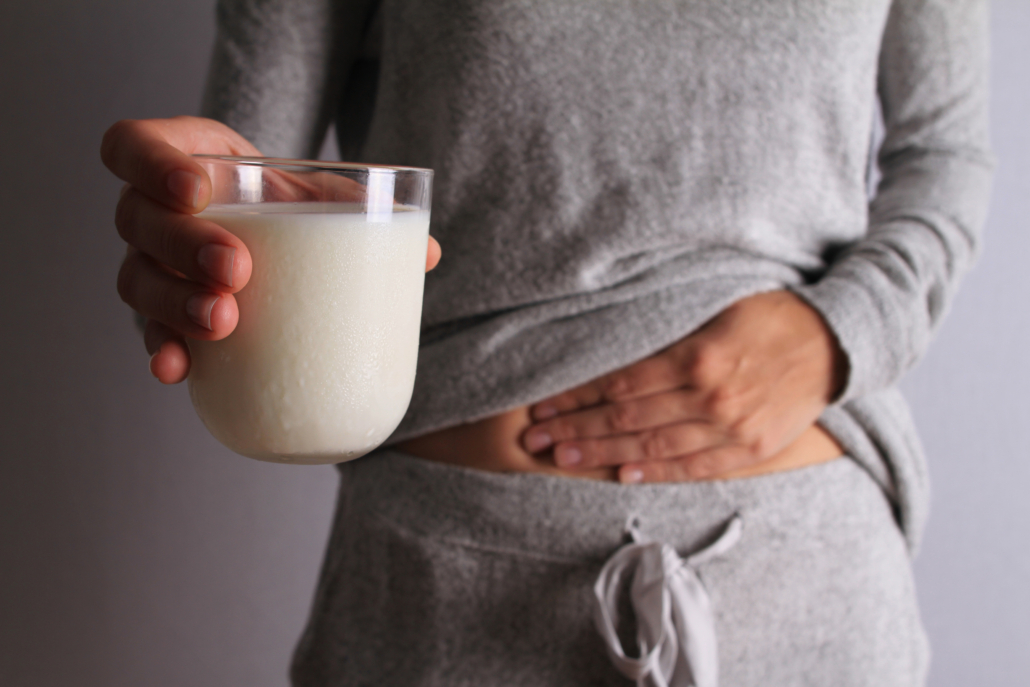
Many people adopt the carnivore diet to overcome chronic digestive issues and food allergies that may be linked to or exasperated by dairy.
For this reason, it’s common to begin the carnivore diet by consuming only meat, salt, and water. This is known as the Lion Diet, and it eliminates all dairy, including milk.
After 30-90 days of this elimination protocol, people often begin experimenting with some full-fat dairy.
Milk allergies are immune reactions. They can be caused by milk proteins, including casein and whey.
Common symptoms of milk allergies include
- Hives and skin rashes
- Stomach cramps, nausea, vomiting
- Diarrhea
- Runny nose and congestion
- Itchy or watery eyes
- Swelling of the face, lips, tongue, or throat
- Difficulty breathing or wheezing
- Anaphylaxis–a rare, but severe and potentially life-threatening reaction
A1 vs A2 Dairy on the Carnivore Diet
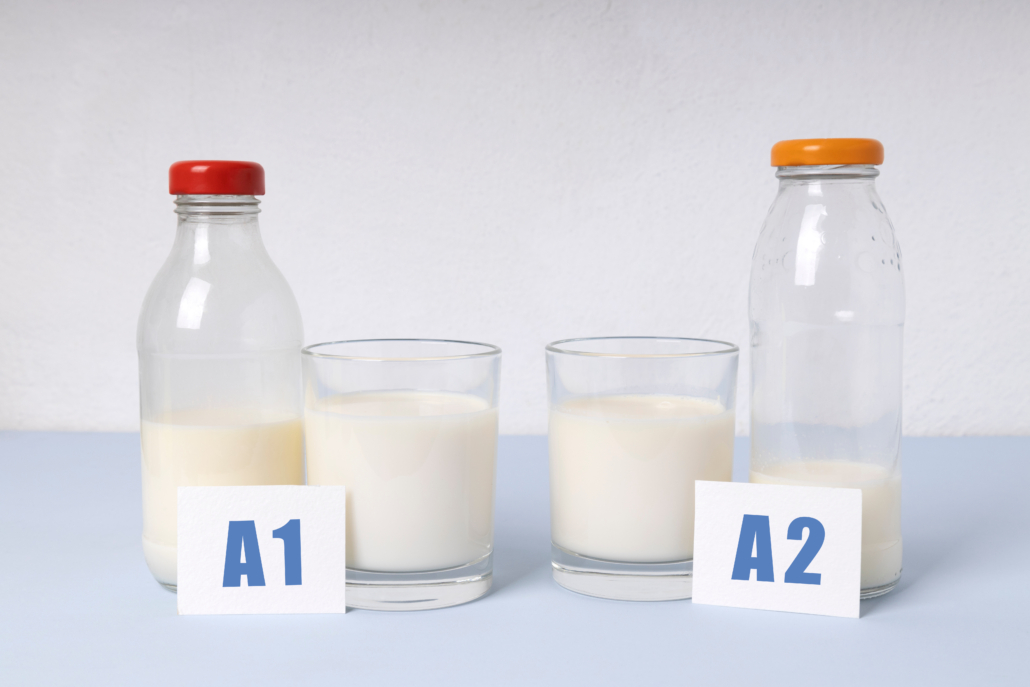
The prevalence of allergies in milk are likely due to the presence of A1 casein proteins.
10,000 years ago, before cows were domesticated, they produced only A2 beta-casein protein.
Then around 8,000 years ago, a natural single-gene mutation in Norther European Holsteins, resulted in the production of A1 beta-casein protein.
The Holstein became the most common breed of dairy cow in North America, Europe, and Australia, the milk in these countries is primarily A1.
In the body, A1 casein protein is broken down into beta-casomorphin-7. This peptide can have damaging effects on the pancreas and set off autoimmune responses throughout the body.
Some research shows that beta-casomorphin-7 may play a role in diseases including
- Type 1 diabetes,
- Cardiovascular diseases
- Autism (in people with immune deficiencies)
- Schizophrenia (in people with immune deficiencies)
- Sudden infant death syndrome
- Apnea
- Constipation
However, its has been difficult to pin milk allergies on BCN-7.Studies on healthy adults who drink A1 cow’s milk have not found BCM-7 in the blood. While a few tests show BCM-7 present in infants.
It may be the case that milk allergies caused by BCM-7 coincide with intestinal permeability. BCM-7 may be one of numerous antigens along with plant toxins and antinutrients, pesticides, and toxic industrial substances in our foods. Antigens are compounds that the body sees as a threat and reacts to with an inflammatory immune response.
If you do consume milk on the carnivore diet, and/or dairy in general, choosing A2 milk may be a safer bet.
A2 dairy comes from certified A2 dairy cows. All goats, sheep, and camel milk is naturally A2 dairy.
What about Raw Milk on Carnivore?
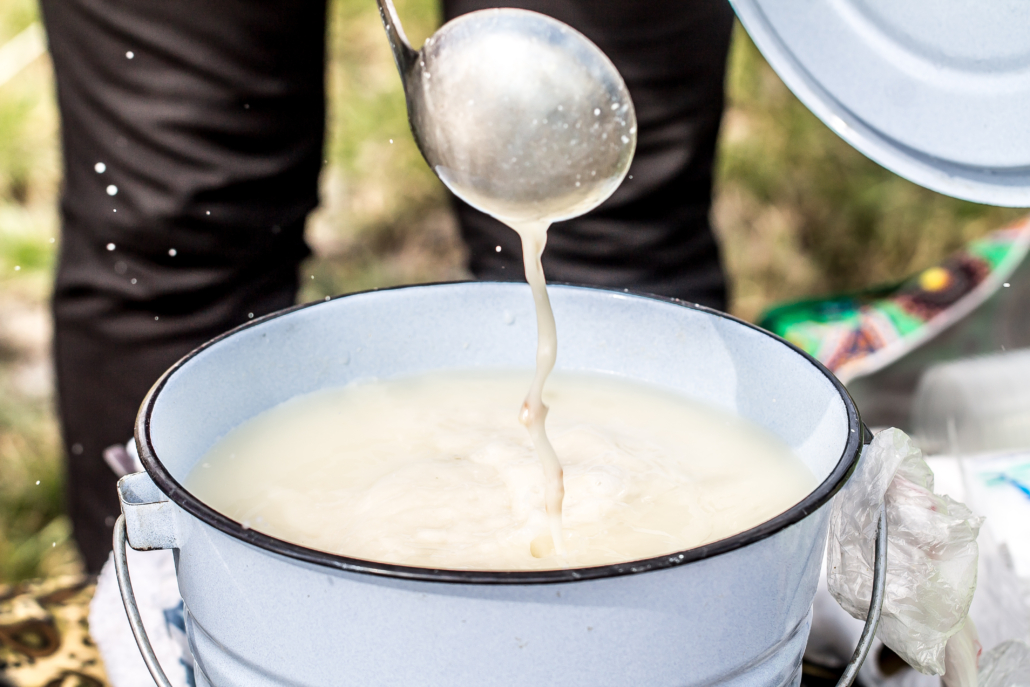
Raw milk has received a lot of hype, even from some carnivore diet thought leaders, but is this hype warranted?
Raw milk does have a lot more going for it than pasteurized milk, but it’s still a high-carb food.
The most carnivore-aligned approach to dairy is to get the benefits of raw dairy from higher-fat options like raw cream and creamy cheeses made with raw milk.
Let’s take a look at some of the benefits of raw dairy
Raw Dairy Reduces Allergies
Studies on children show that consuming raw dairy results in a 50% lower likelihood of developing allergies and a 41% lower likelihood of developing asthma compared to children who don’t consume raw dairy.
One large-scale 2011 study involving 8,000 children found that children who consumed raw dairy experienced “naturally immunizing” effects that reduced allergies and protected against illness.
More Nutrients
One of the main reasons why some carnivore dieters are turning to raw milk is that it contains relatively high levels of vitamin C, which can be hard to come by on the carnivore diet.
Studies show that the vitamin C content (as ascorbic acid) in raw milk can range from 14.0 mg. to 22.5 mg per liter.
After pasteurization in stainless steel equipment, vitamin C levels dropped to between 7.0 mg. and 19.1 mg per liter.
Contrary to popular knowledge, you can get plenty of vitamin C from fresh meat. It’s also worth remembering that when you cut carbs, your body needs even less vitamin C than when you’re consuming a high-carb diet.
In addition to more vitamin C, raw milk also offers
- 35% more vitamin A
- 14% more vitamin E
- 66% more iron
- 70% more zinc
- 38% more B vitamins
- 21% more calcium
- 100% more active enzymes
- 100% more undamaged immunoglobulins
- Non-degraded whey proteins
Alternatives to Milk on the Carnivore Diet
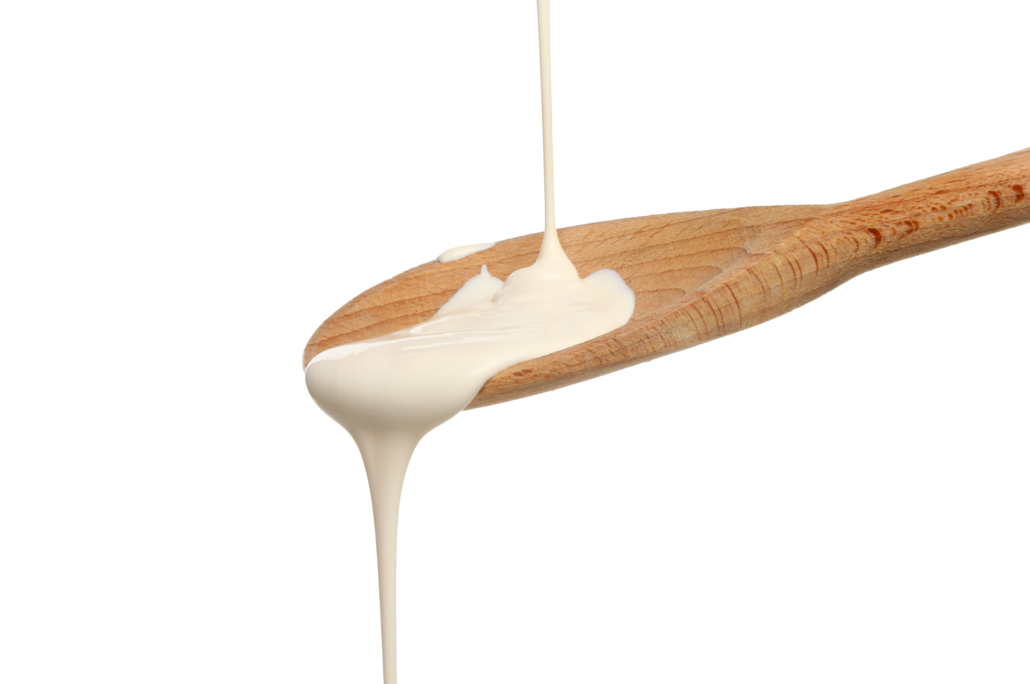
If, like most people, you have no issues with dairy and want to include it in your carnivore diet meal plan, stick with raw heavy cream, butter, and creamy, raw milk cheeses.
Heavy cream and butter contain Omega-3 fatty acids and Conjugated Linoleic Acid (CLA) both of which are cardioprotective and offer profound anti-inflammatory effects.
Creamy ripened cheeses like blue cheese and stilton are loaded with between 2900 and 4700 specific bioactive peptides created as enzymes break down dairy proteins.
One of these peptides, called spermidine, has powerful anti-aging properties and has been shown to reduce the risk of cardiovascular disease.
Blue cheese is one of the most spermidine-abundant foods, with 262 nmol per gram.
Milk on the Carnivore Diet: The Bottom Line
Milk is an animal product, which means that it’s technically permitted on the carnivore diet.
However, unlike nearly all other animal products, milk is high in carbs. This makes it a poor fit for this low-carb ancestral eating plan.
A1 dairy (most cows’ milk) also contains a dairy protein that can damage the pancreas and contribute to various disorders and autoimmune conditions.
Carnivore-friendly alternatives to milk include whole cream, and raw whole cream. Other good dairy options include butter and creamy cheeses.











